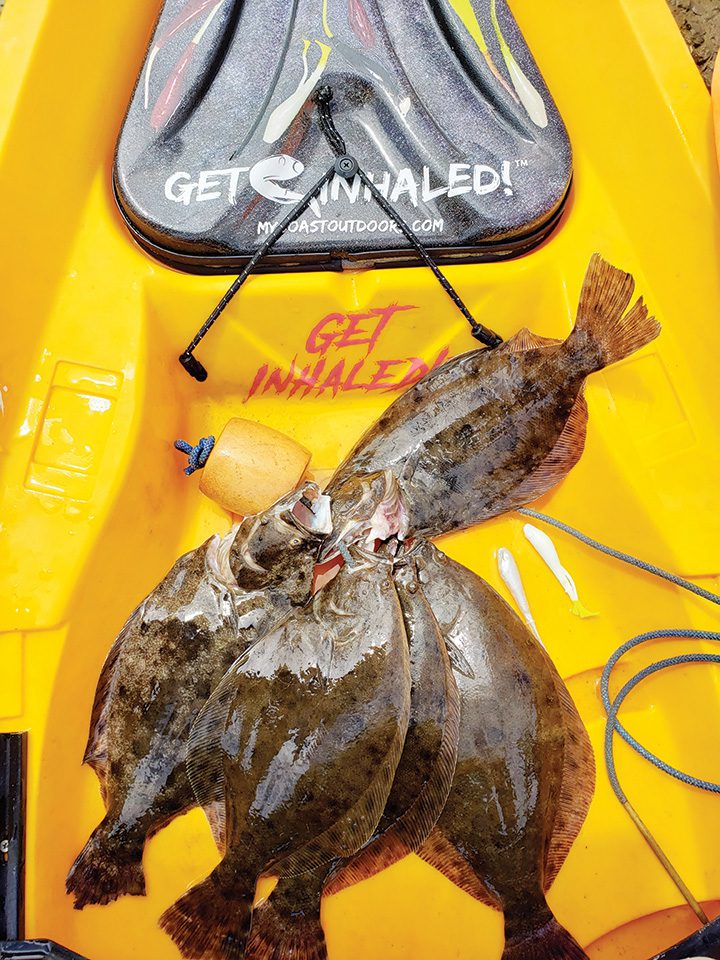By Capt. Michael Okruhlik
As fall approaches, fish patterns will change. By understanding their habits, you can target them with confidence. The spring fry have matured in the marsh and are ready to make their journey out to deeper water. Knowing the timing, tides and location of this migration can lead to great coastal action.
I recently tried a new area I hadn’t really heard anything about. I planned to target reds, since satellite imagery suggested it should be favorable. This area had a long meandering bayou that emptied into a small lake, which ranged in depth from 1 to 3 feet. I was at the top of a chain of lakes and marsh, so this particular drain would see the first of the baitfish and shrimp that decide to exit their summer home. Targeting the inland-most bayous early in the fall season will be the most productive, and you can follow the bait and schools of fish out as the season grows old.
Although the reds were there, they were only about a foot long, and the trout were even smaller. They were gorging themselves on shad and shrimp as the tide poured out of the bayou into the lake. Once I noticed the flounder busting completely out of the water attacking the schools of shad, I quickly changed my retrieve.
I had been working my soft plastic swimbait high in the water column keeping it in the bait balls. I immediately lowered my rod tip, vigorously twitching my rod down and to the side, making my jighead hit the mud bottom hard to kick up that cloud of silt that attracts flatfish. I landed flounder immediately with the new retrieve.
With flounder going airborne to feed on shad, I knew they would be aggressive. This is why I worked the lure hard and fast, unlike the traditional flounder retrieve. I’m not sure how many I caught, released and lost, but it was well into double digits. The most productive color was white or pearl to mimic shad.
Since they were attacking schools of bait, I tied on a tandem rig using the same lures. It appeared to increase my strikes, as it looked more like the schools they were targeting. I rigged my second lure so it would float the hook and look more natural staying off the bottom.
Paying attention to the details of the location, season and tide, and then adapting to what was happening on the water all played a huge part of my success on this trip. These tips can be applied in any situation any time of the year.
Just when you think this story couldn’t get any better, I had the entire area to myself! I didn’t see another soul until the end of the day when I was about to leave. It was not what I expected when I headed out, but I will take a limit of flounder any day.
Capt. Michael Okruhlik is the inventor of Controlled Descent Lures and the owner of www.MyCoastOutdoors.com.
